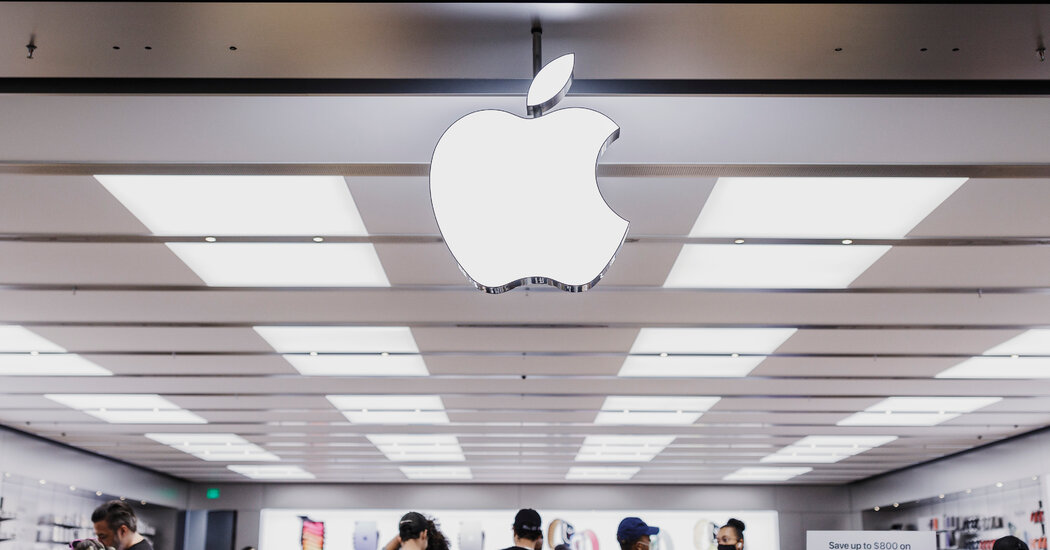Apple on Thursday provided more evidence for optimists who think the tech industry’s worst slump may be over, while reminding investors there are still plenty of reasons for concern.
While the company said its revenue contracted 3 percent in its most recent quarter compared to the same period a year ago, the total of $94.8 billion more than beat investor expectations of $92.9 billion.
It was a recovery of sorts from the previous quarter, when Apple’s sales and profits fell more sharply due to economic challenges and a Covid-19 outbreak in China that forced the company’s largest iPhone factory to temporarily close.
Apple reported earnings of $24.1 billion, down 3 percent from the same period a year earlier, but above the $22.6 billion expected by Wall Street. The company’s second fiscal quarter revenue was driven by record sales for its services division and strong demand for its flagship iPhones.
“Apple’s results suggest that the company is navigating well through a challenging macroeconomic environment,” said Tom Forte, an analyst at DA Davidson. Still, he said, Big Tech’s collective financial results served as a reminder that the economy is not out of the woods yet.
Apple earned $51.3 billion from iPhone sales, up 1.5 percent from a year ago. Demand for iPhones and other products in China was slightly lower than a year earlier, but sales of $17.8 billion exceeded investor expectations as China recovered from long pandemic lockdowns. Emerging markets such as South Asia, India, Latin America and the Middle East drove iPhone demand, Apple CFO Luca Maestri said on a call with investors.
Apple CEO Tim Cook said during the call that the company’s supply of iPhones had recovered after several issues, many related to the pandemic.
“If you take a step back and look at how we’ve performed in the supply chain over the past three years, despite this parade of terrible events, if you will, between the pandemic and the chip shortages and macro factors, the supply chain is incredibly resilient been,” he said.
Customer interest in Apple products other than the iPhone slumped in the quarter. iPad sales fell nearly 13 percent and Mac sales fell 31 percent. Mr Cook said the delays were due to economic challenges and difficult comparisons to a high demand quarter last year.
Still, Apple’s services division, which includes subscriptions to Apple Fitness+ and Apple Music, as well as App Store sales, had nearly $21 billion in revenue, a slight increase from a year ago that boosted the company as a whole. In particular, revenue from the App Store, Apple Music, iCloud and Apple’s payment services rose, while digital advertising and mobile gaming struggled, the company said during the call.
Apple also said it had approved a $90 billion share buyback that boosted the price of the company’s stock by more than 1 percent on Thursday.
The company hasn’t implemented mass layoffs like other tech companies because it wasn’t hiring as aggressively in the early days of the pandemic. Apple has taken a hard line in its return to the office policy, requiring most employees to work in the office three days a week.

